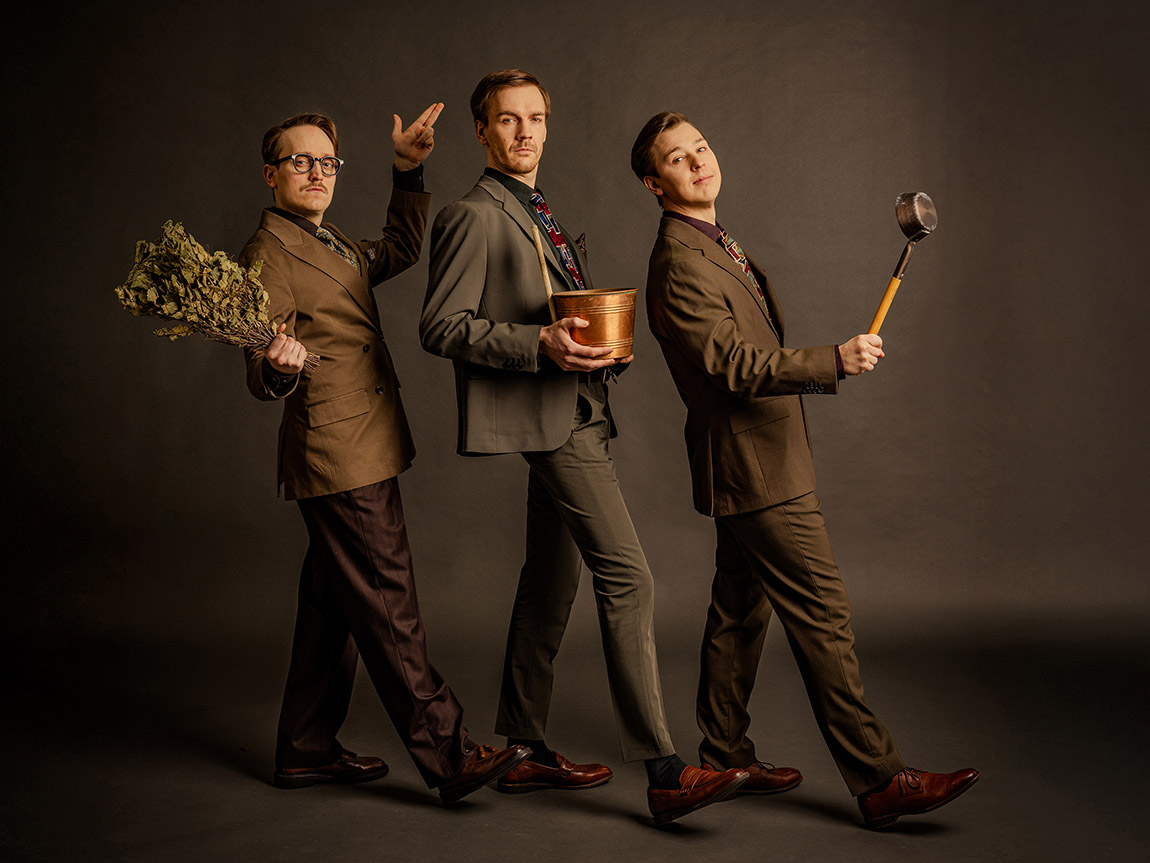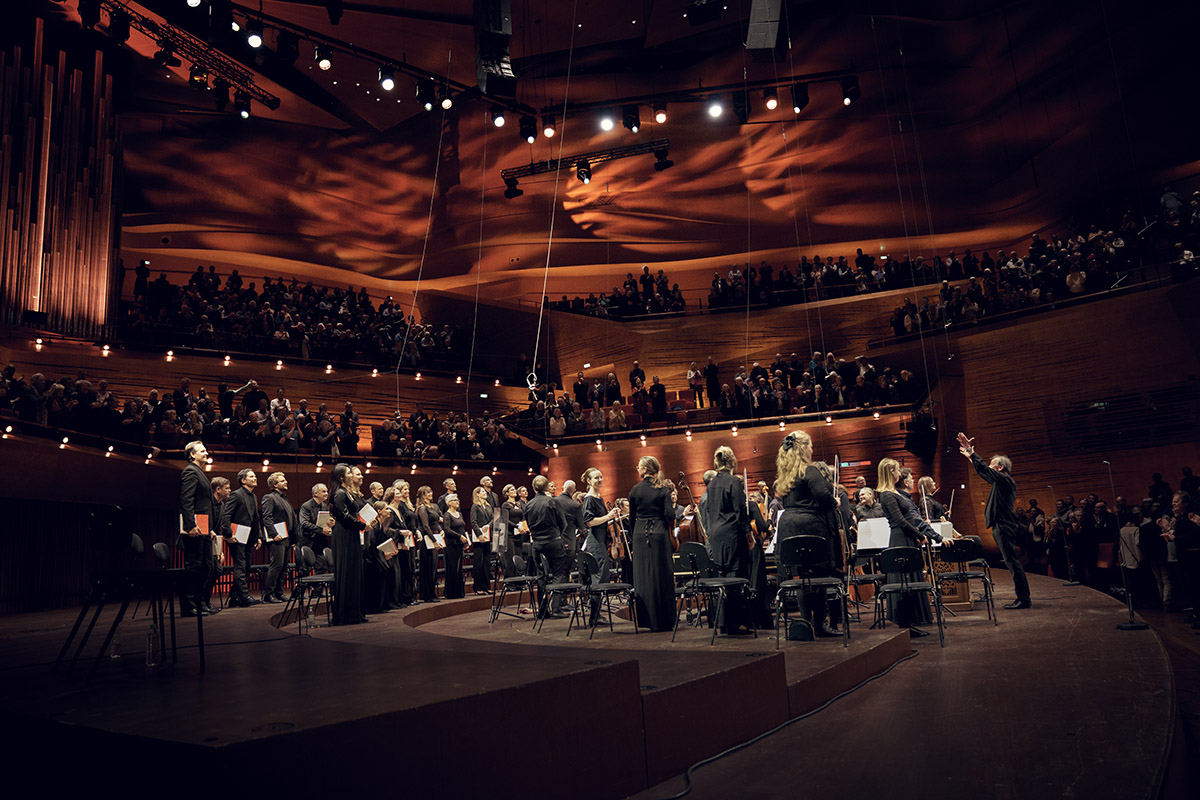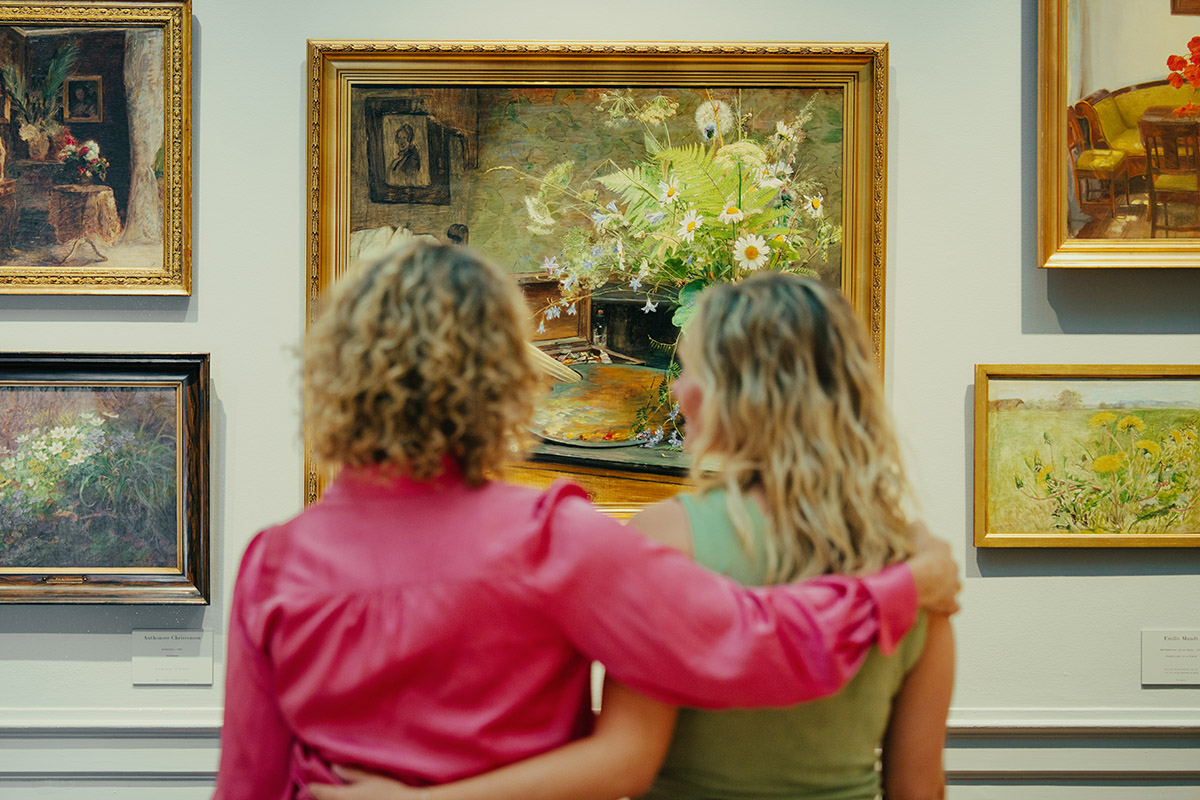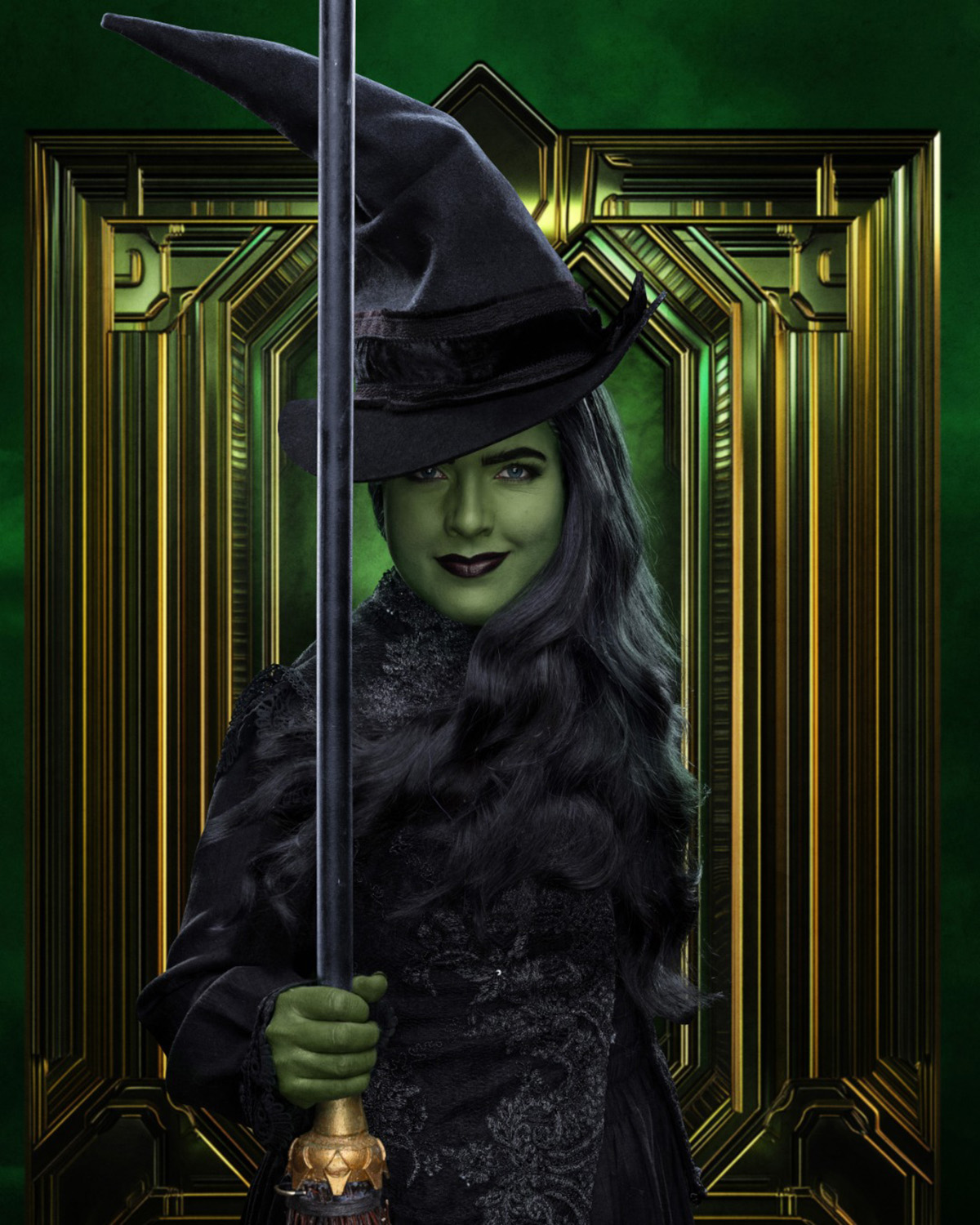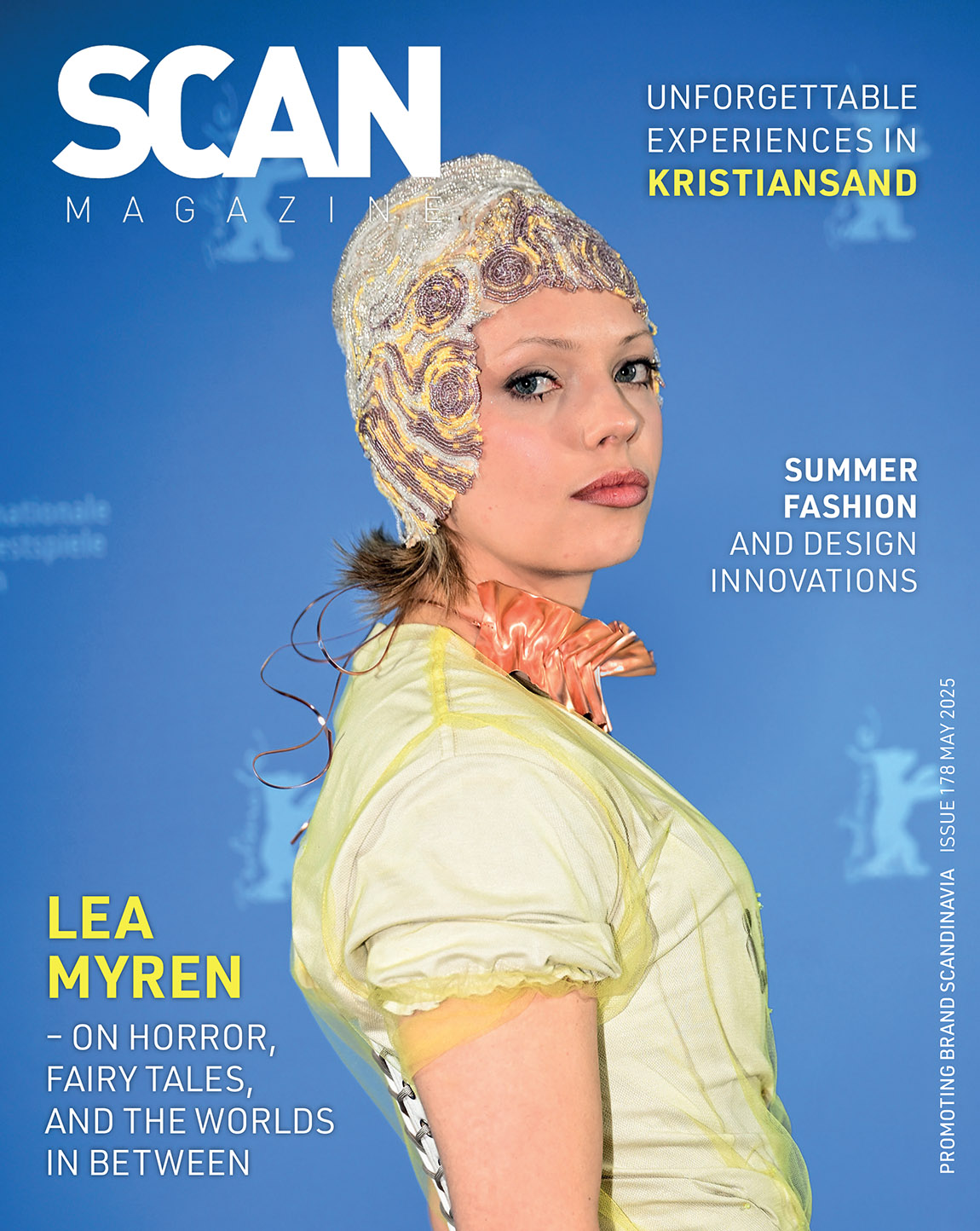Lofoten International Art Festival: Creativity and connections across frontiers
By Maria Sødal Vole
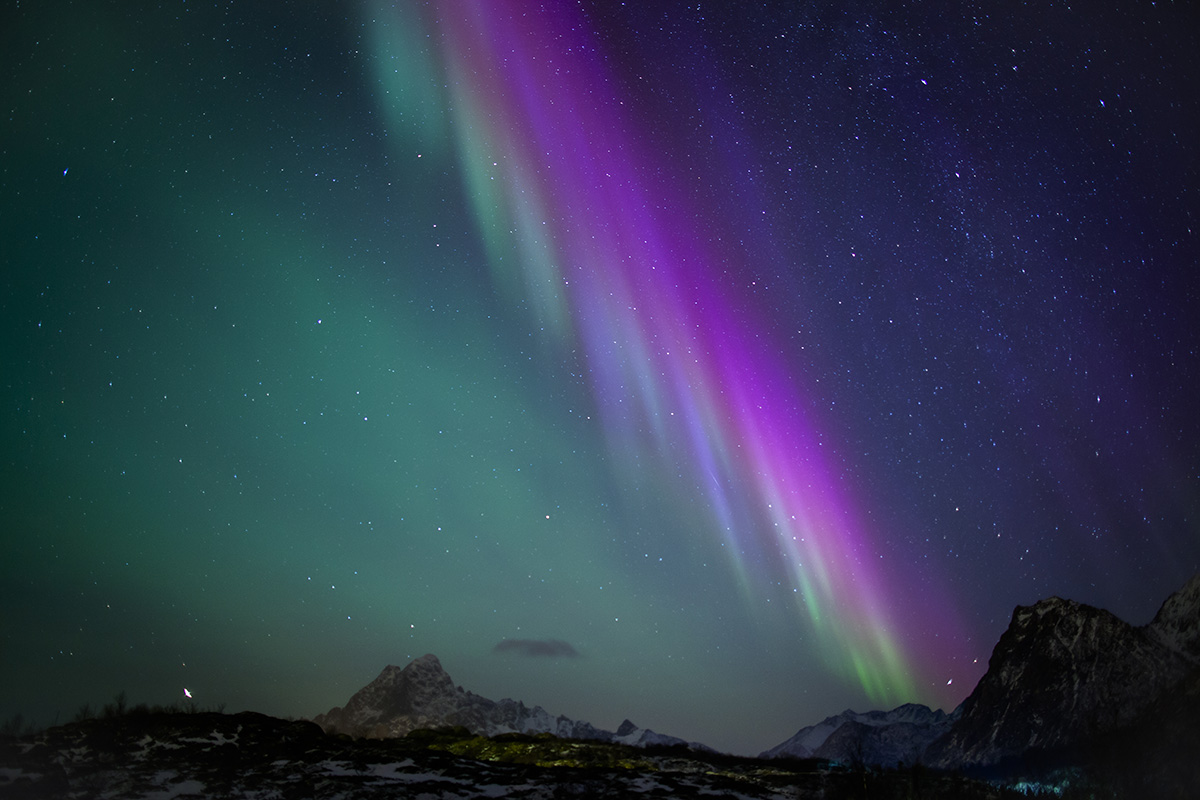
Photo: North Norwegian Art Centre / Lofoten international Art Festival
With its opening weekend kicking off on 20 September, the eagerly anticipated 18th edition of the Lofoten International Art Festival (LIAF) is set to make its mark on the international art scene. As the longest-running art biennial in Scandinavia, LIAF is an ongoing collaborative process of artistic expression, creativity and human connection.
Curated by Kjersti Solbakken and organised by North Norwegian Art Centre in collaboration with LIAF Artistic Advisory Board, LIAF 2024 represents an expansive meeting point between local and international artists. Consisting of a large exhibition spread across several venues with a varied programme of exhibitions, performances, artist talks and lectures, concerts and workshops, this is the latest edition of an influential art festival with a history spanning over 30 years.
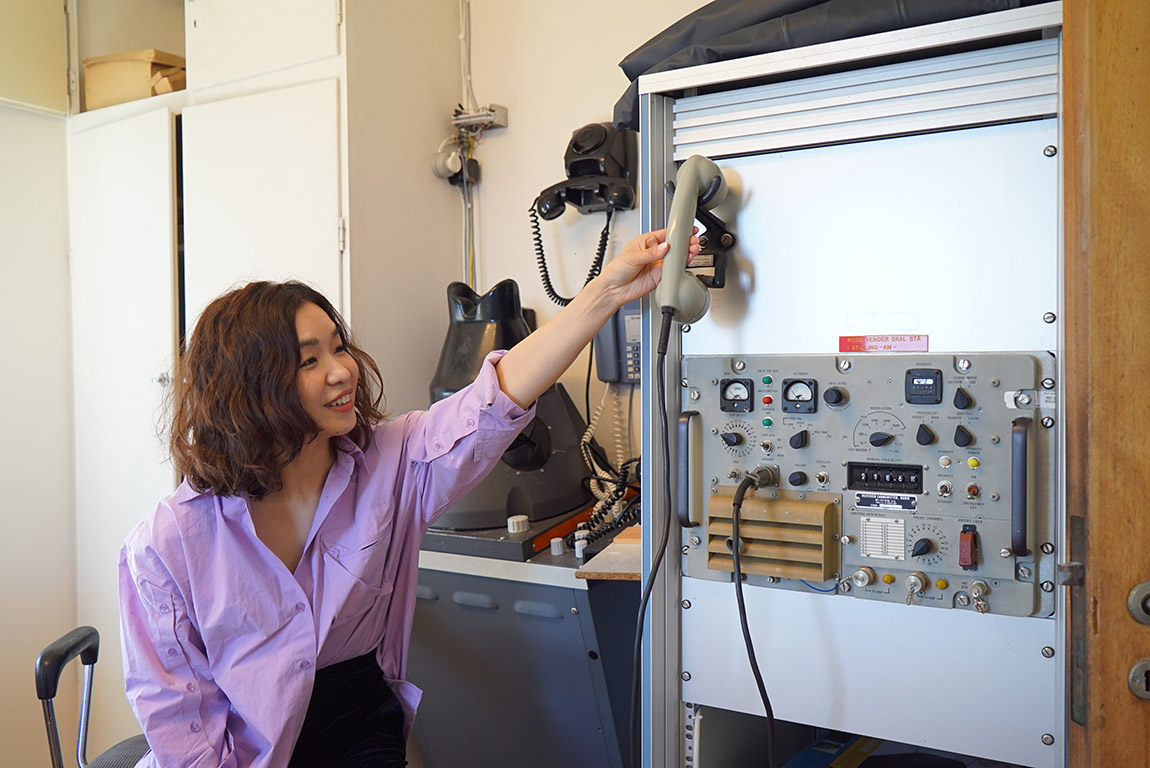
Artist Wong Kit Yi. Photo: Christopher Brautaset/North Norwegian Art Centre
With the title SPARKS, this year’s festival edition is inspired by the lesser-known story of the Lofoten Line, an experimental initiative from 1861 connecting nine fishing villages through 170 kilometres of underwater cables and landlines with the aim of making fishing more efficient and providing advance warning of bad weather. The revolutionary telegraph made communication across vast distances possible, and the first wireless telegraph in Northern Europe was located in Sørvågen, a tiny island community southwest in Lofoten.
“The Lofoten Line project reminds us that though the area is remote, this was once a centre of communication and innovation borne out of a need to come together as a community,” says Solbakken. “This is local history with a much wider reach. For us, the telegraph symbolises creating connections and engagement that transcends time and distance.”
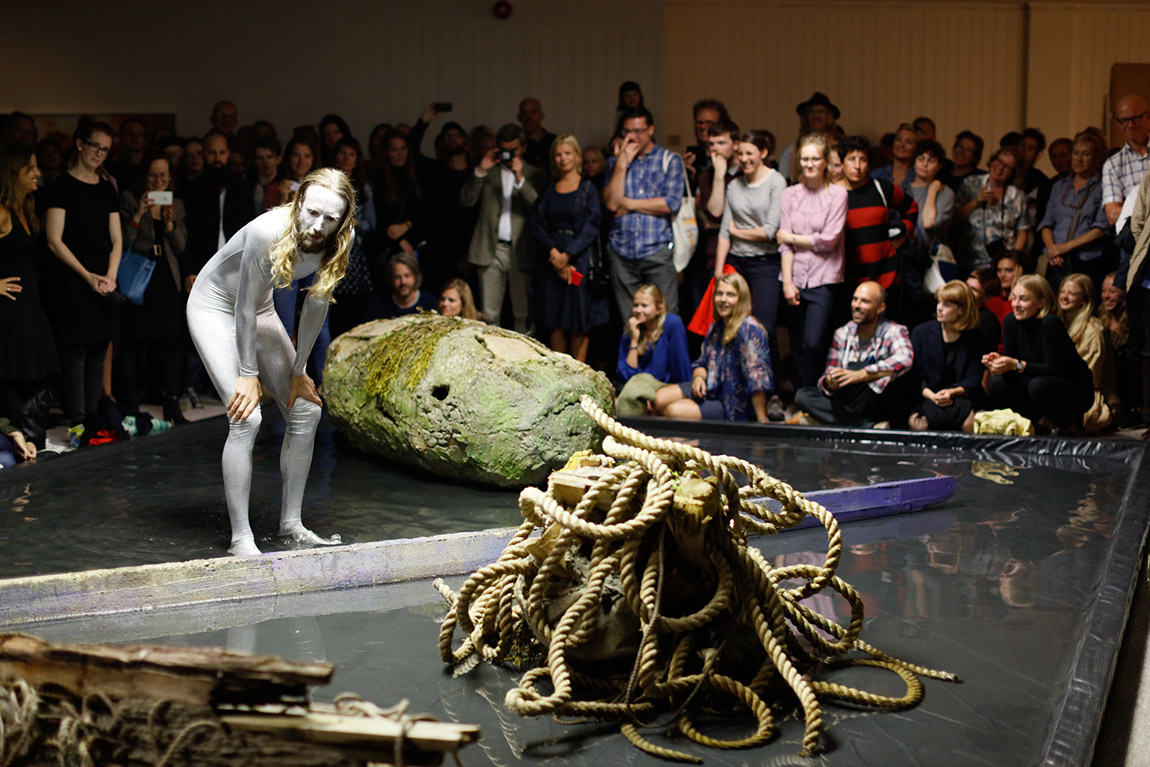
Photo: North Norwegian Art Centre/ Lofoten international Art Festival
Though the main festival is taking place in Svolvær, it’s anchored in multiple locations across Lofoten, with Sørvågen as a thematic centre due to its fascinating history with telecommunication. Each edition of the festival explores new locations in the Lofoten area, contributing to its dynamic and experimental feel. LIAF art exhibitions and performances have taken place in bunkers, libraries, old warehouses and traditional fishing huts. “One of the things that makes the festival unique is that the art isn’t forced into a single art venue – it exists within the public space. It’s challenging, but also exciting,” says Solbakken.
The ambitious project Island Eye Island Ear, Lofoten 2024 is a collaboration between a large group of international artists, scientists and creatives and will take place on Svinøya during the festival’s opening weekend. Based on an idea by the sound pioneer David Tudor in 1974, the project revolves around transforming the natural elements of an island into a living art installation featuring sound, sculpture and dance choreography. “This is our interpretation of how the project could be brought to life as a collective nature experience,” adds Solbakken. “It’s a work that remains just as relevant today – in dialogue with history, but also looking ahead to the future.”
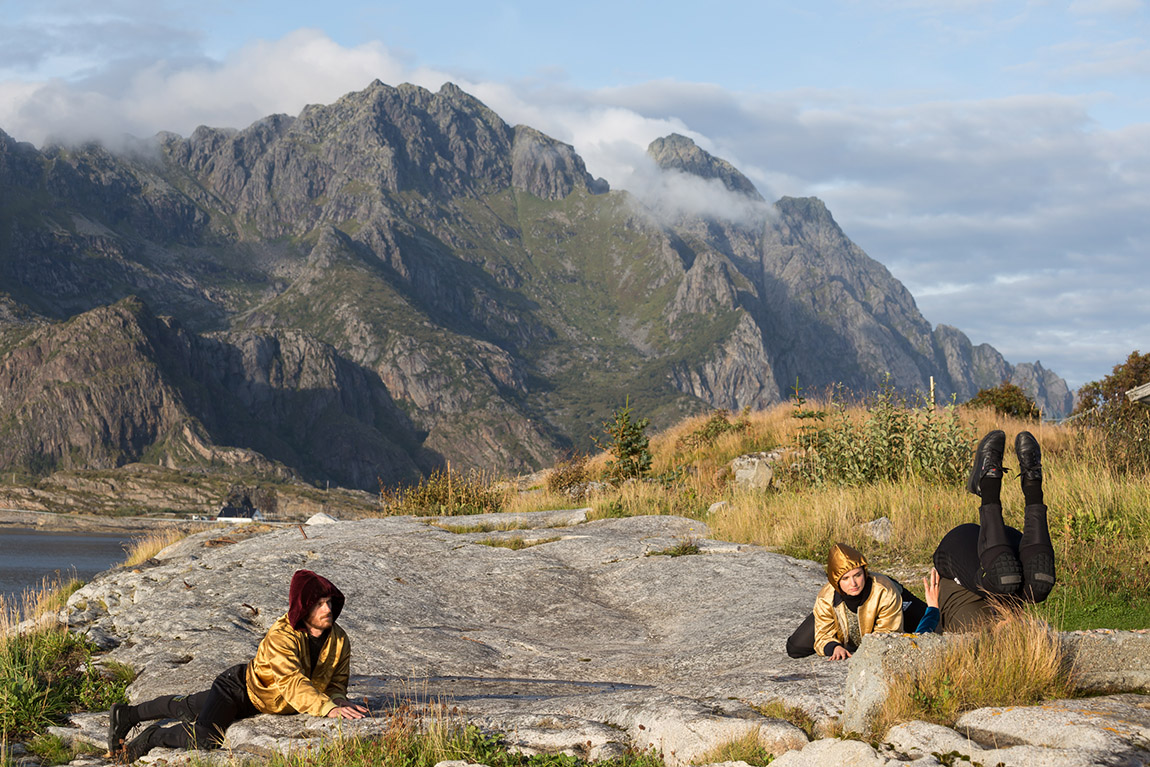
Photo: North Norwegian Art Centre / Lofoten international Art Festival
Web: www.nnks.no/en
Instagram: @LofotenLiaf
Opening weekend: 20-22 September
Lofoten International Art Festival: 20 September – 20 October
Svolvær, Lofoten, Norway
The festival is free and open to everyone.
Subscribe to Our Newsletter
Receive our monthly newsletter by email

